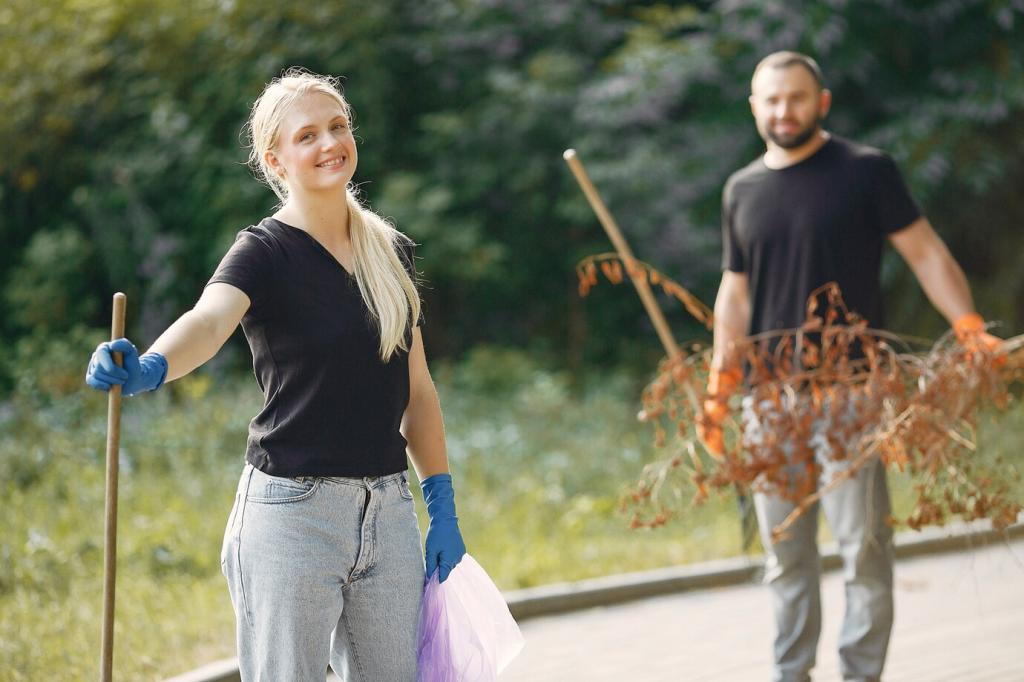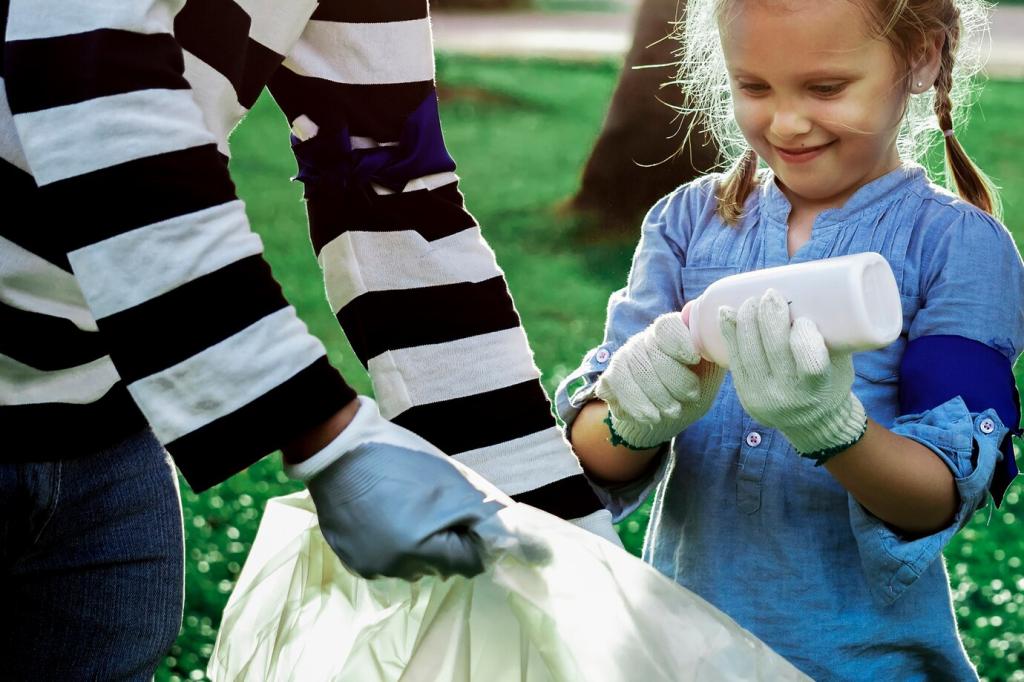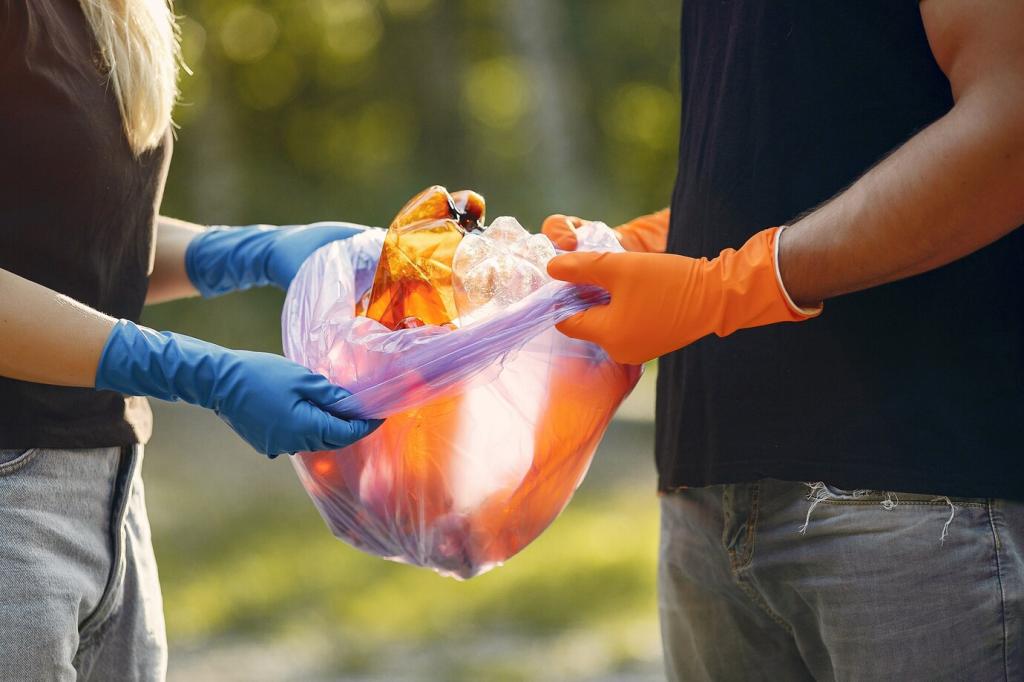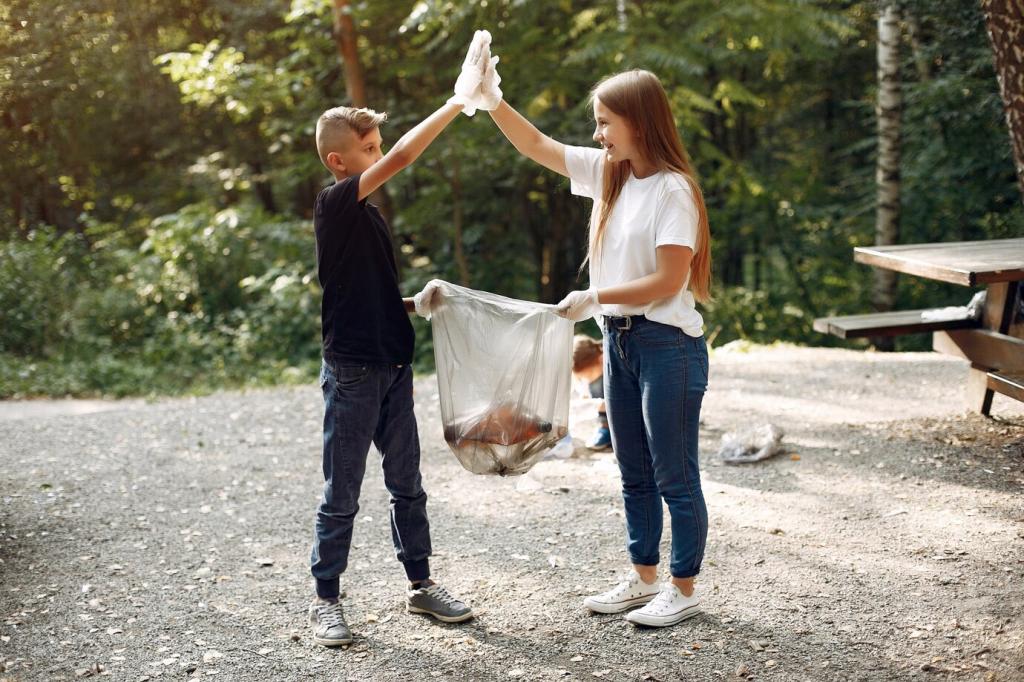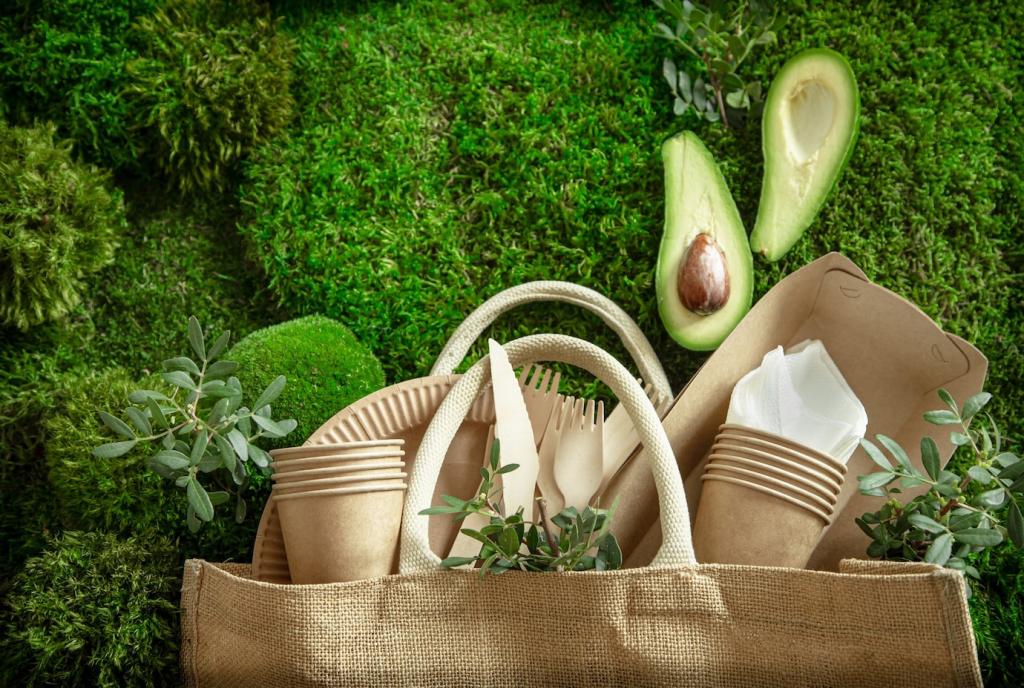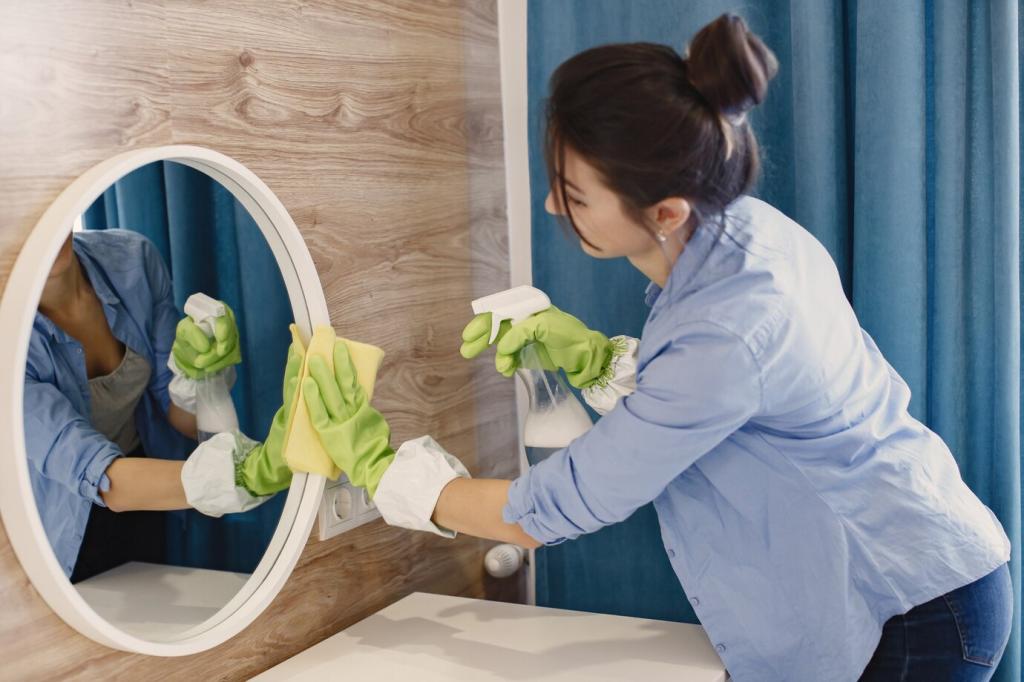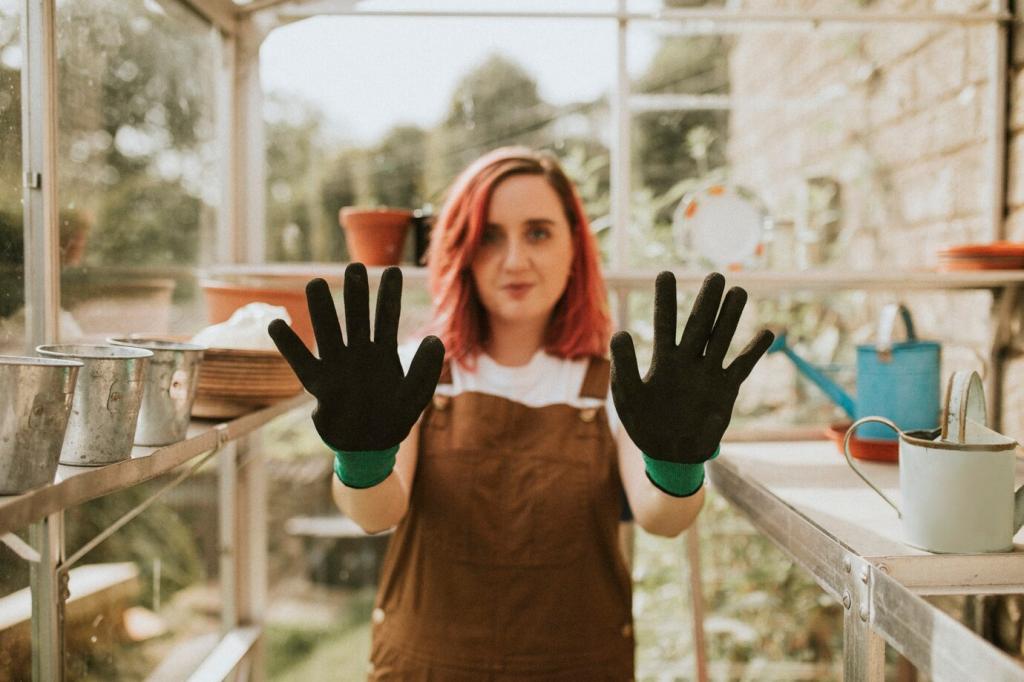Safety, Science, and Staying Power
Oils fill micro-scratches, smoothing the surface so light reflects more uniformly. That even reflection looks like gloss. Gentle plant oils bring this effect without heavy solvents, and careful buffing aligns fibers for a durable, pleasing, low-waste luster.
Safety, Science, and Staying Power
Skip silicone-heavy sprays, aerosols, and synthetic pads that shed plastic. Choose glass jars, wooden handles, and natural bristles. Ventilate when melting wax, and work cool and slow. Your air stays cleaner, and your bin stays blessedly empty.
Safety, Science, and Staying Power
Make small batches, store polishes in cool, dark places, and use clean tools. A few drops of vitamin E or rosemary extract can slow oxidation. Label dates, rotate jars, and share extras so nothing languishes forgotten on a shelf.
Safety, Science, and Staying Power
Lorem ipsum dolor sit amet, consectetur adipiscing elit. Ut elit tellus, luctus nec ullamcorper mattis, pulvinar dapibus leo.


